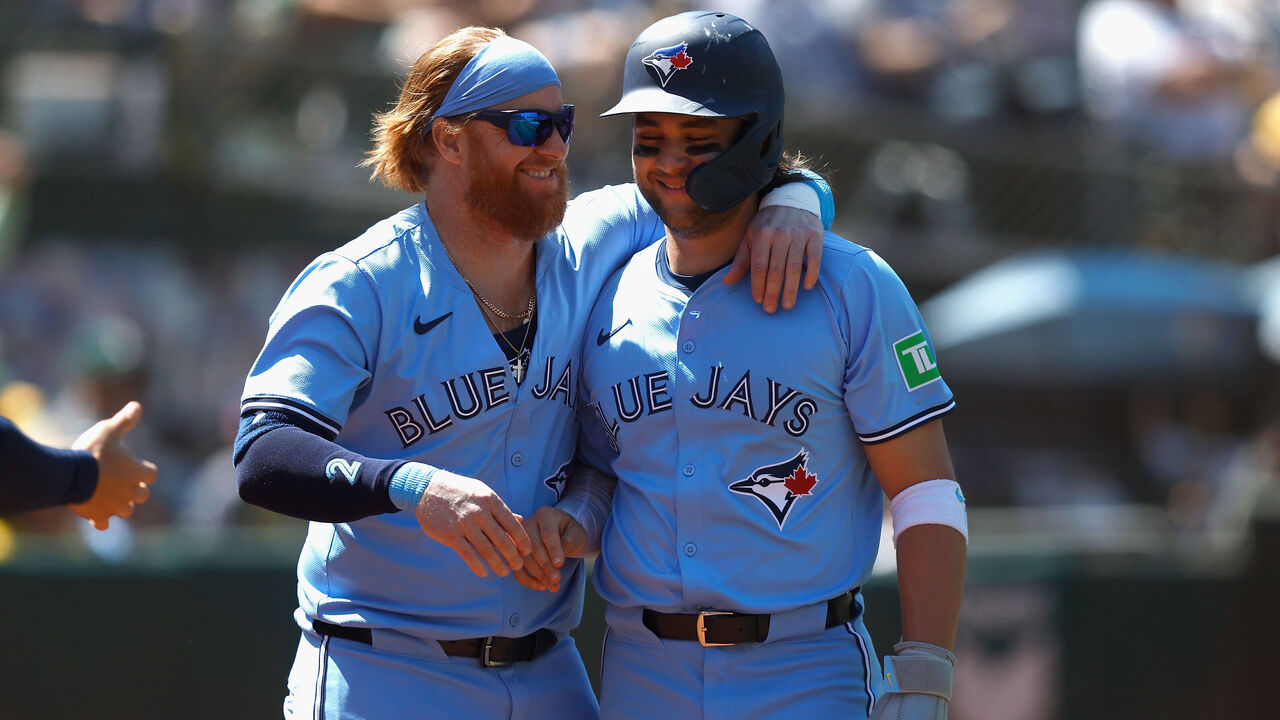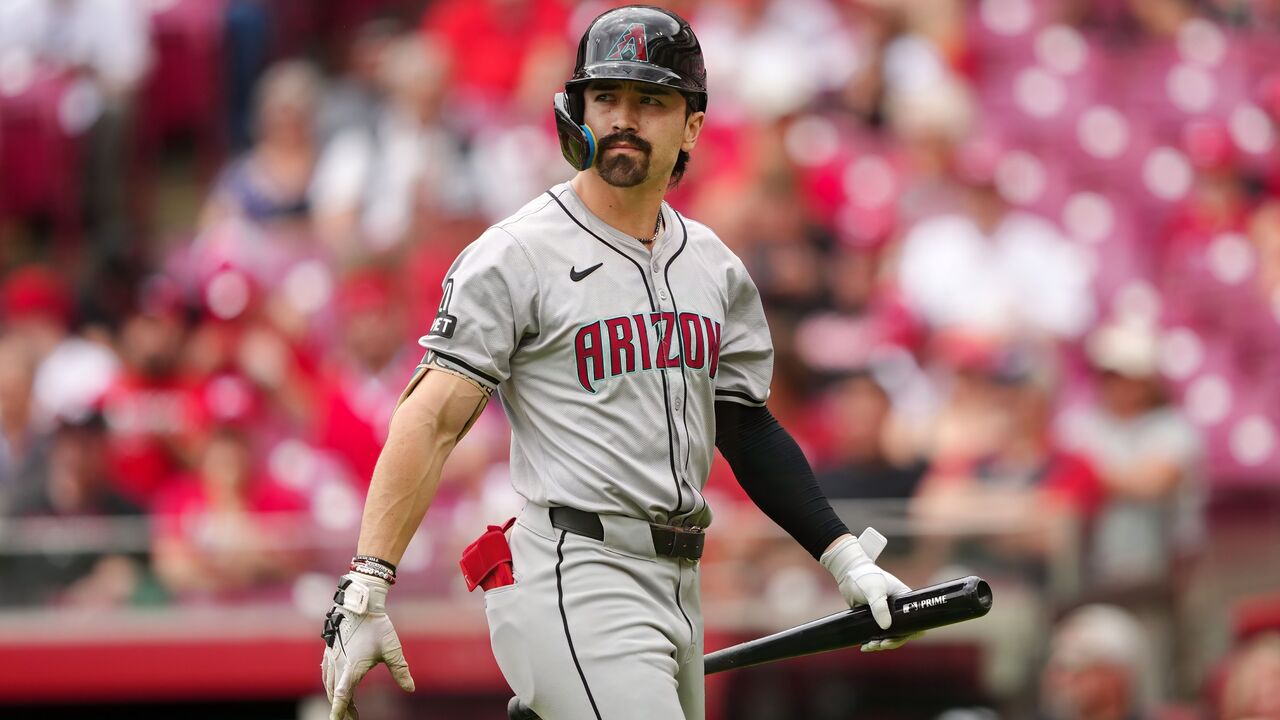The culprits behind baseball's run-scoring decline
As Major League Baseball fans know, run scoring is down significantly this season.
Batting average sits at .241 entering play Friday. If that rate held for the year, it'd be the fourth worst on record and weakest since 1908. This is despite MLB being in the second year of infield shift restrictions.
League-wide OPS sits at .699. The measure hasn't finished below that level since hitters combined for a .695 OPS in 1989.
And even in the second year of new rules designed to ramp up the running game, run scoring is down 6.3% from last year to an average of 4.33 runs per game per team.
These are not positive developments for MLB.
We've examined some of the possible issues leaguewide, but which teams and players have been most responsible now that we're 40% of the way through the season?
That discussion begins with the Atlanta Braves.

The Braves were historically good last season. They were the first AL or NL team in history to record a .500 slugging percentage (.501). Atlanta tied the 2019 Minnesota Twins for the most home runs in a campaign (307) and became the first team to combine for 300 homers and 100 stolen bases.
The club's wRC+ (125) was tied with that of the 1927 New York Yankees for second all time.
This season, the Braves are slugging .396 and are on pace for only about 160 home runs. There haven't been any recent signs of hope as the club has remained in the bottom third of homers and slugging over the last month.
Since going 18-6 over their first 24 games and averaging nearly six runs per game, the Braves have gone 17-23. During that span:
— Jason Foster (@ByJasonFoster) June 12, 2024
Average: .218
Avg. w/ RISP: .220
Avg. w/ RISP & 2 outs: .181
OPS: .634
Runs per game: 3.4
Crazy. But it's been 40 games. This is not just a slump.
Even with the season-ending knee injury to Ronald Acuña Jr., who was also off to a sluggish start at the plate, it's difficult to understand what's happening with Atlanta.
The Braves have four of the top 25 underachievers compared to aggregate preseason wRC+ forecasts from FanGraphs: Matt Olson (minus-20 wRC+ points), Michael Harris II (minus-32), Acuña (minus-49.9), and Austin Riley (a league-leading minus-50.3).
Only Marcell Ozuna's excellent season (plus-62) runs counter to this trend.
Could there be an issue with the humidor or the ball at Truist Field? The venue ranks eighth in average fly-ball distance among regular MLB stadiums for balls with an exit velocity greater than 95 mph this year (367 feet). That's down 10 feet from last season when it ranked second to Coors Field.
Yes, regression is king, but it's been staggering for the Braves. Maybe there's something with the ball, but it's difficult to know. Most of Atlanta's other metrics are trending the wrong way: strikeout, walk rates, and average exit velocity, which is down from 91 mph last season to 90.3 this year.
Tampa Bay is in danger of its first losing season since 2017 as its bats have gone ice cold. Randy Arozarena and Yandy Diaz are among the top 25 players falling short of FanGraphs' projections.
The Blue Jays' offensive struggles are well-known in Toronto. George Springer and Bo Bichette rank sixth and eighth, respectively, in the wRC+ table above.

There's been plenty of second-guessing about the Blue Jays' offseason roster decisions, but that becomes a secondary issue when their core is underachieving.
Another stunning performance drop is that of Corbin Carroll in Arizona.
A year after emerging as one of the game's best young players, he's batting just .213 with two homers and is the second-most disappointing hitter in the majors after Riley. His wRC+ sits at 77 compared to 133 a year ago.
There's even been some chatter about whether he should be demoted to the minors. While that might sound extreme, the Detroit Tigers did just that earlier this month with former first overall pick Spencer Torkelson, who appeared to be on the right track after clubbing 31 homers last season.

While not all the underperformances are tied to any one metric, many of them are tied to power outages.
Julio Rodríguez is another of the top slumpers, ranking ninth in our wRC+ table. Although he's still putting up a reasonable batting average (.268), his power has cratered. His OPS of .662 is five percentage points below league average when adjusted for hitting environments.
Established veterans such as Alex Bregman and Paul Goldschmidt haven't been immune, either.
The good news for these clubs and players? It's still relatively early. But soon enough, it might be too late to untangle themselves from these numbers.
Travis Sawchik is theScore's senior baseball writer.